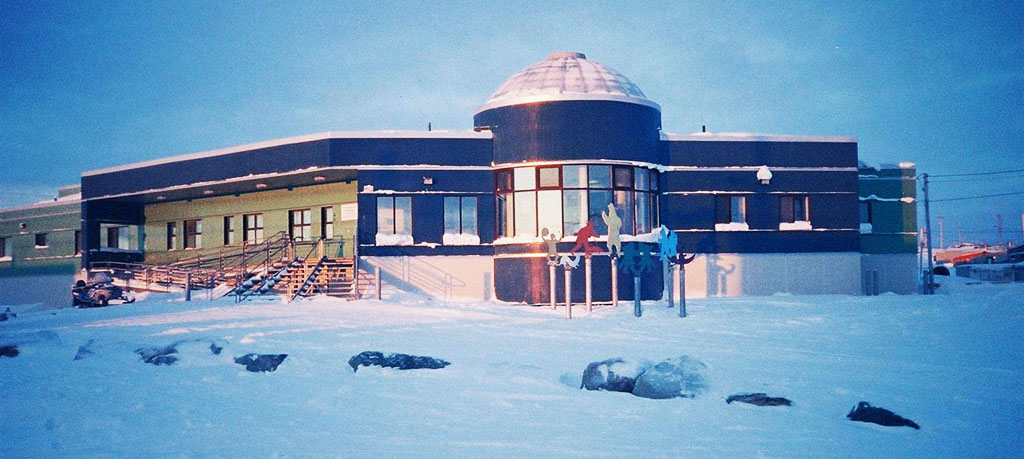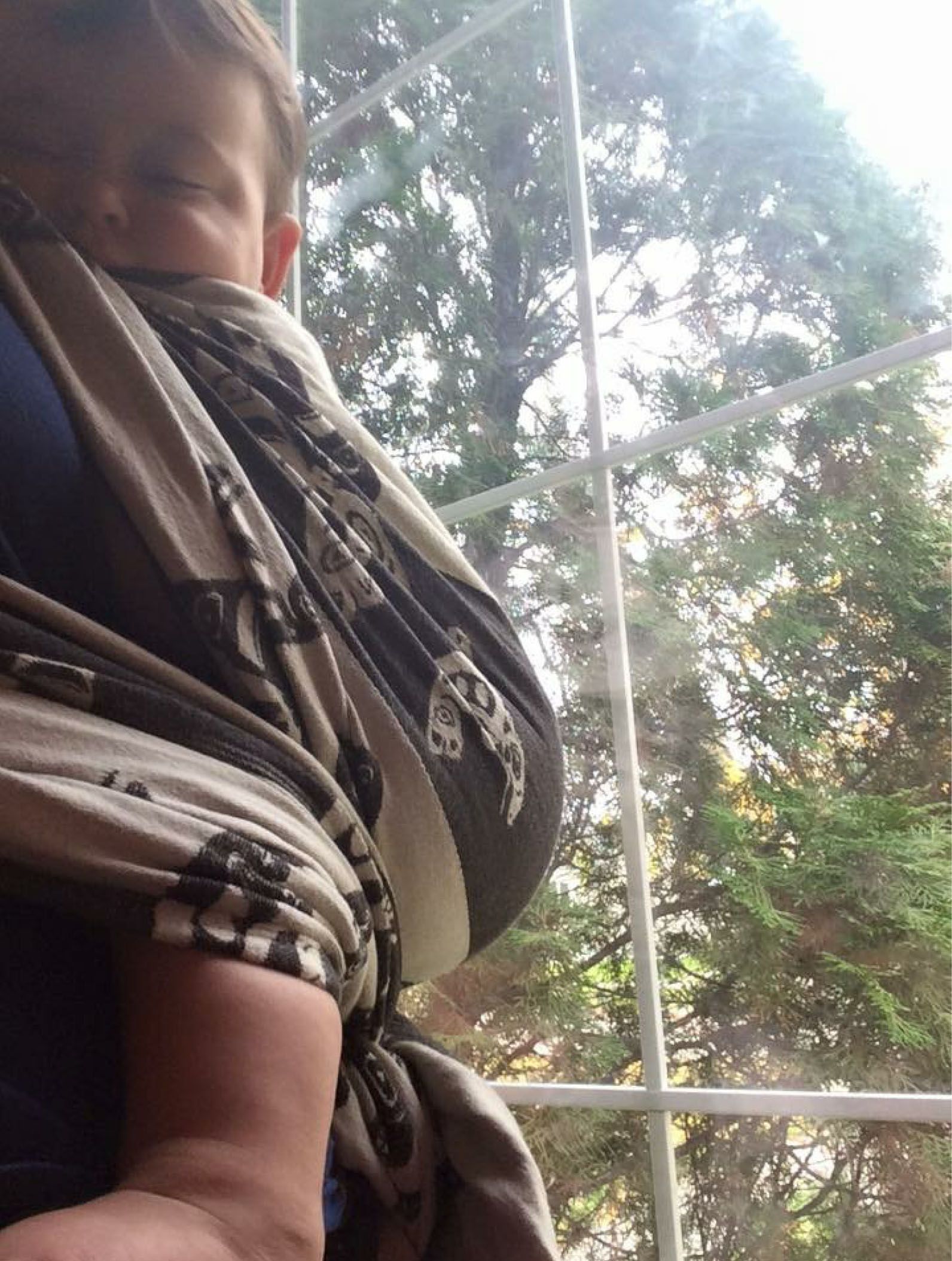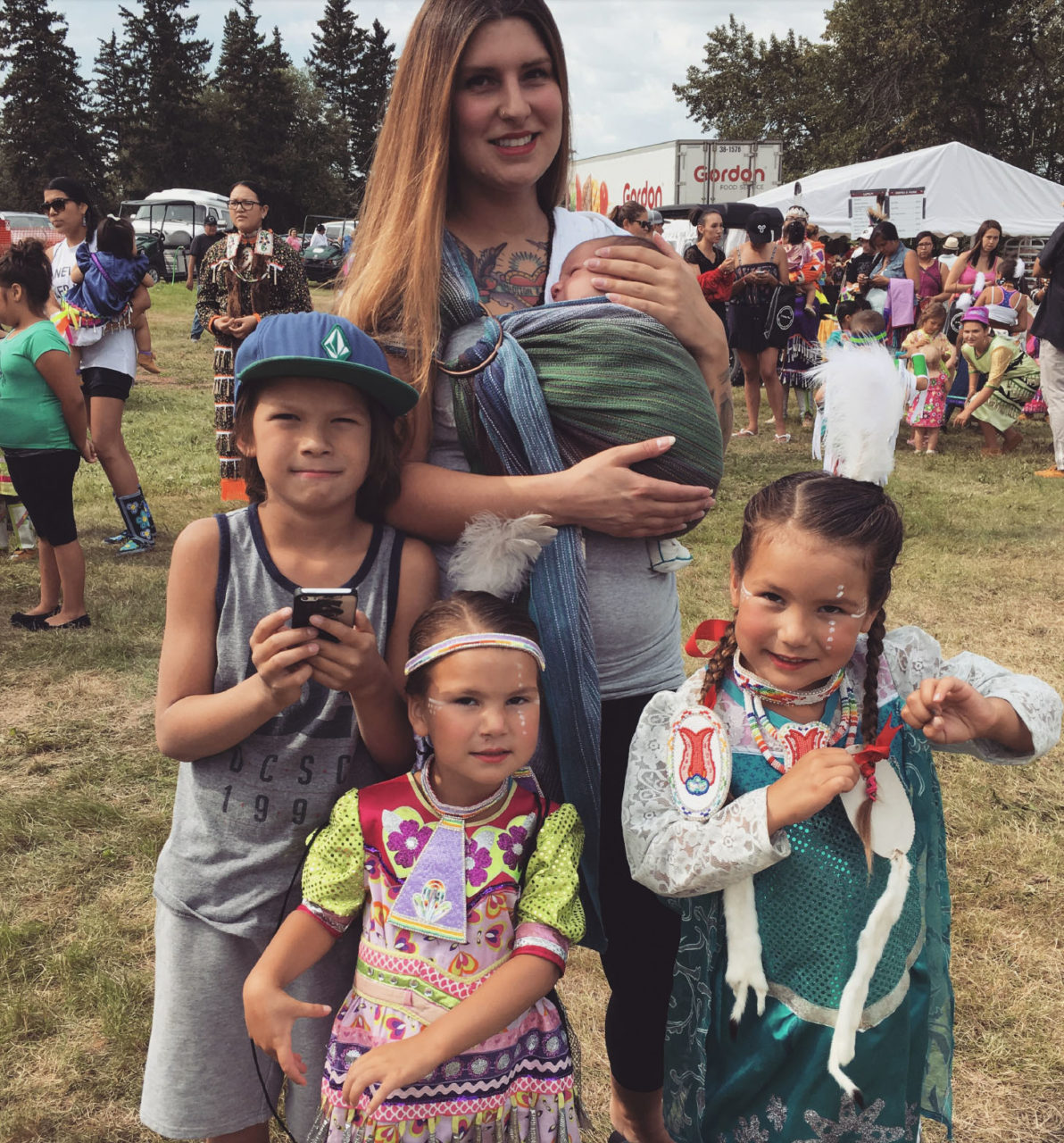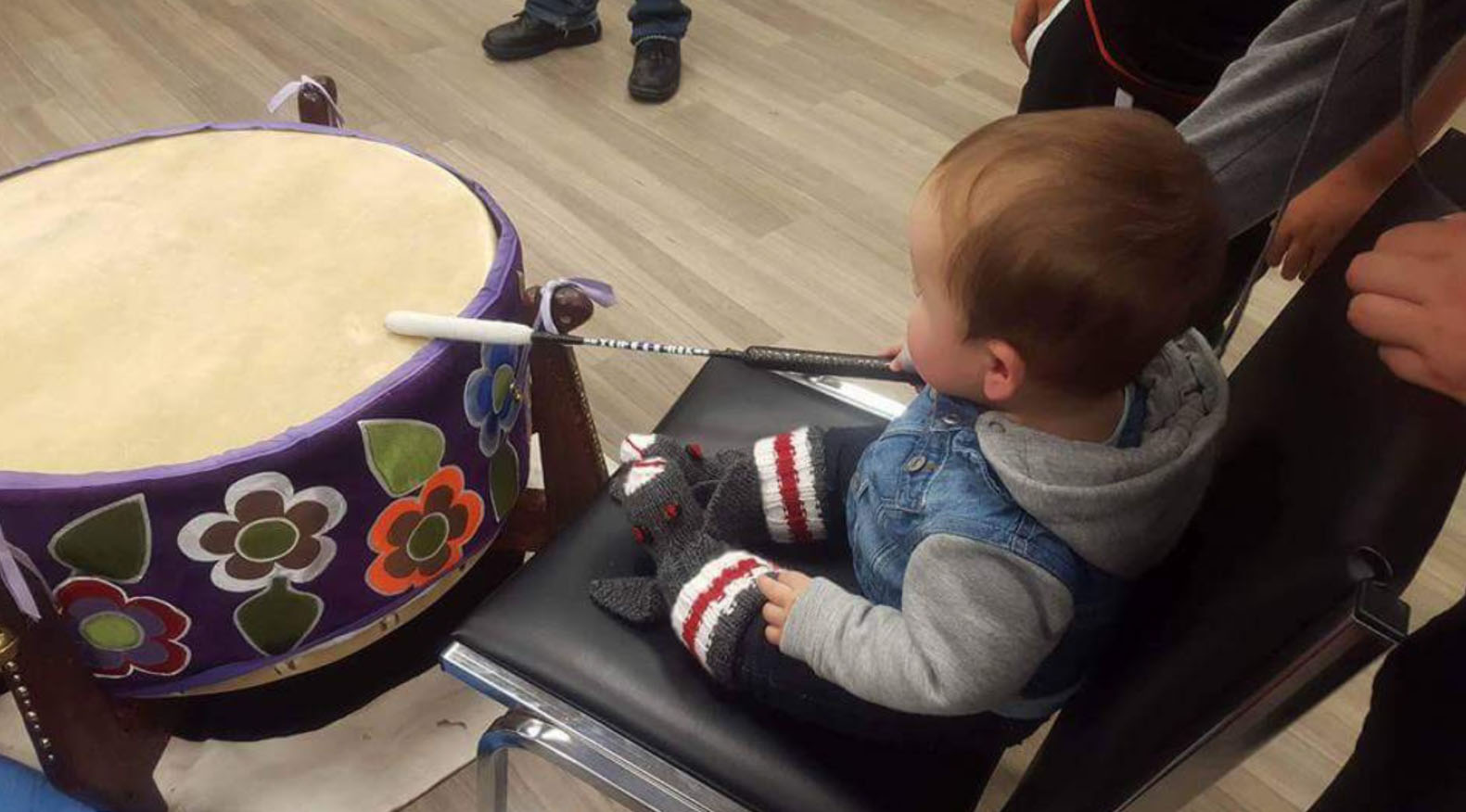Indigenous midwives know the communities and families they work with and increase safety by being there. Indigenous midwives can work preventatively when located in the community.
Maternal and infant morbidity and mortality are still way above the national average. Obviously, what we’re doing now isn’t working.
– Minister Jane Philpott, June 2018
RECONCILIATION
Taking actions that result in the sustainable return of birth to Indigenous communities, rural, remote and urban is a critical act towards reconciliation. Birth is the beginning. Bringing birth back has enormous cultural significance and has ripple effects in all areas of community health.
Research shows that a strong determinant of a community’s overall health is their ability to be self-determined and to reclaim and practice their cultural ways. Indigenous midwifery is crucial to this reclamation.
It is the right of Indigenous midwives and communities to reclaim birth.
You can support the return of birth to Indigenous communities by becoming a NCIM Supportive Member.
REGULATION
Midwives apply for registration with the governing body (the College) of their province or territory in order to practice midwifery. However, Ontario and Quebec have laws that provide exemptions from registration for Indigenous midwives working within their communities.
In Ontario, Aboriginal midwives providing care to Indigenous communities are exempt from the Regulated Health Professions Act. The Ontario Midwifery Act allows Indigenous midwives who provide traditional midwife services to use the title “Aboriginal Midwife”. Aboriginal Midwives provide crucial midwifery services to their communities. They are recognized and regulated by their own communities.
Ontario is the only province with an activated exemption clause.
The Quebec statute allows Indigenous midwives to practice without being registered members of the College, provided that the nation, group or community where they practice recognizes them as midwives and has entered into an agreement with the government. The Quebec exemption clause has not yet been activated.
NCIM supports the right of self‑determination for Indigenous Peoples and this includes the right to midwifery services in the ways our communities want.
I can understand that some of you may think that birth in remote areas is dangerous. And we have made it clear what it means for our women to birth in our communities. And you must know that a life without meaning is much more dangerous.
– Jusapie Padlayat, Elder and Chair of the Inuulitsivik Health Board
RISK
Risk is a cultural concept. Indigenous communities consider the whole person and family in risk assessment and care planning. Policies and practices that are created in partnership with Indigenous peoples, that prioritize Indigenous worldviews and risk assessment are culturally safe and reduce the impacts of colonization and systemic racism.
Indigenous midwives provide evidence-based care and are guided by national and jurisdictional professional guidelines. Indigenous Registered Midwives are accountable to the professional college of their jurisdiction. Aboriginal Midwives working under exemption clauses are accountable to the community that recognizes them.
Midwifery care is associated with decreased costs, decreased medical and surgical interventions, and decreases in certain adverse maternal and neonatal outcomes. Midwifery care is also associated with higher rates of vaginal birth and breastfeeding.
Perinatal outcomes in remote centres where midwifery care is available are equal to or better than care provided through evacuation. Evidence is strongly in favour of sustaining and restoring primary rural and remote maternity care.
Evidence of improved health outcomes indicates EVERYONE should be provided the option of midwifery care.





